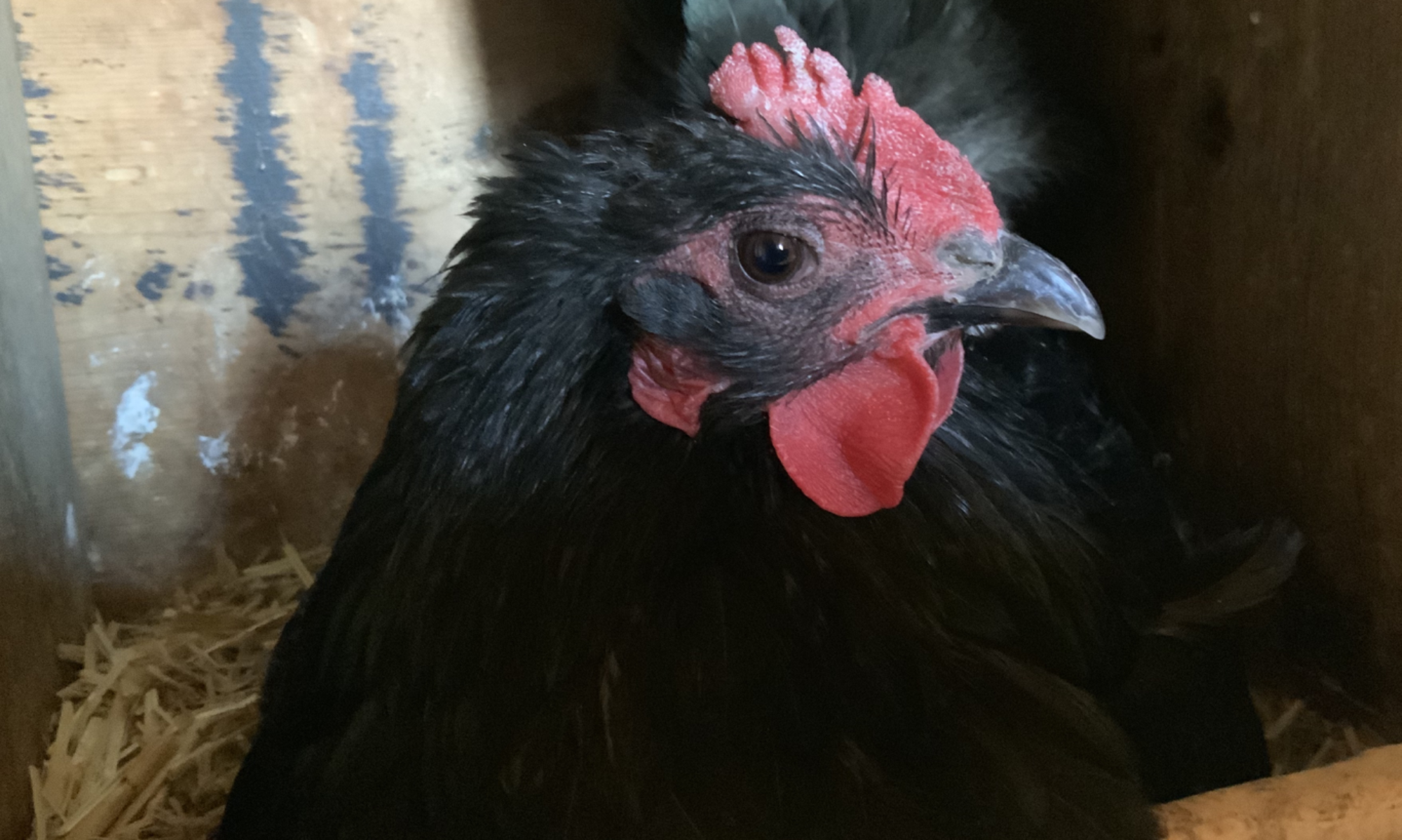Hay is a generic term used to describe a group of dried grasses and long stemmed plants that are used for animal feed purposes. Hay contains nutrients and roughage that animals need for good health and digestion. But, not all hay is created equal! Different grasses and plants have different nutrients and benefits for different animals and it is a good idea to research and find out what kind of hay is good for your animals.

Alfalfa seems to be a popular hay especially in hotter, drier climates where it grows well. Did you know that alfalfa actually belongs to the legume family? That’s the family that also hosts beans, peas, lentils and peanuts. Alfalfa has stems, leaves and flowers. It has a deep root system making it resilient in drought conditions and it can grow up to 3 feet tall. Alfalfa is generally the type of hay that is fed to horses. Animals like it because apparently it tastes good. It is generally higher in calories, protein content and calcium. It is lower in sugars and starches. Because of the high protein content, around 16% crude protein, it is important that plenty of water be available for your animals. Alfalfa is easier to digest than grass hay, but does not provide the roughage that some animals need. It can be purchased in bales, cubes or pellets. This hay might be more suitable for high energy animals, or those who are pregnant or lactating, or need to put on weight. It is often the feed of choice for those animals who have had a bout with colic or digestive upset.

There are several varieties of grass hay: Timothy, Bermuda, and Orchard Grass are a few. Grass hay contains a higher fiber content than Alfalfa, but it is lower in protein, overall vitamin content and calcium. The crude protein content of grass hay is 8 – 10%. They also contain more sugars and starches. Grass hays are a good choice for those animals who require a lot of roughage in their diets. The lower calorie content makes it a viable option for overweight, less active animals as well.

Grain hay is grain plants which are cut and dried before the grain is mature. Some of the popular grain hays include oat, rye and barley. The nutritional value of these hays varies greatly depending on the variety, where it is grown and when it is harvested. The crude protein content is somewhere around 7%. If grain hay is cut when too mature, the stalks may be thicker and horses might refuse to eat it. One year I mulched my garden with leftover oat hay. I had oat grass growing like crazy the following spring! Not my brightest move!
As I said earlier, all hay is not created equal. Know your animals when deciding what hay to feed them and be sure to consult with your veterinarian when feeding a sick animal. We buy a grass/alfalfa mix hay that we feed to our horses, goats and rabbits. Living in the west, alfalfa is readily available. Our horses are healthy and active, but they are not hardworking or performance animals, so they don’t need the high energy of a strictly alfalfa diet. They also have access to fresh pasture grass for most of the year, when it’s not under snow! The goats also enjoy the hay mix along with fresh pasture and the rabbits get the roughage that they need with the grass hay. Of course mineral blocks are available and hay is supplemented with fresh fruits, vegetables and grains as appropriate.

There is a lot of information about hay out there and new research has busted a lot of old myths. There is also the matter of availability and cost. Whatever hay you choose for your animals, make sure that it is of good quality and mold free. Hay that has been sitting for years or has been exposed to the elements, loses nutrients.
What is your take on hay? I’d love to hear from you!

